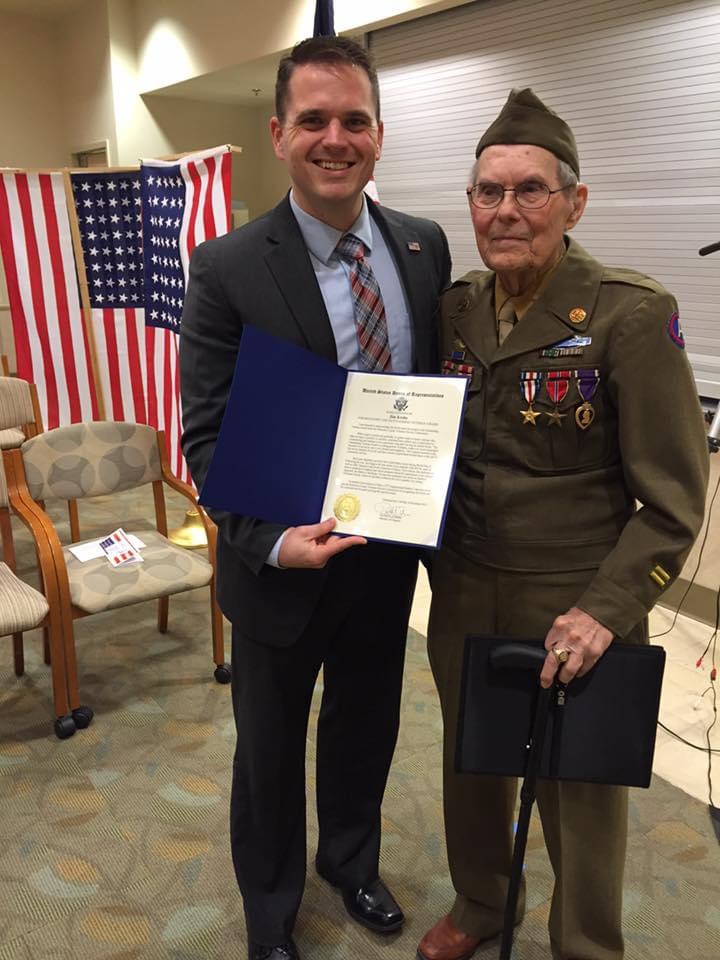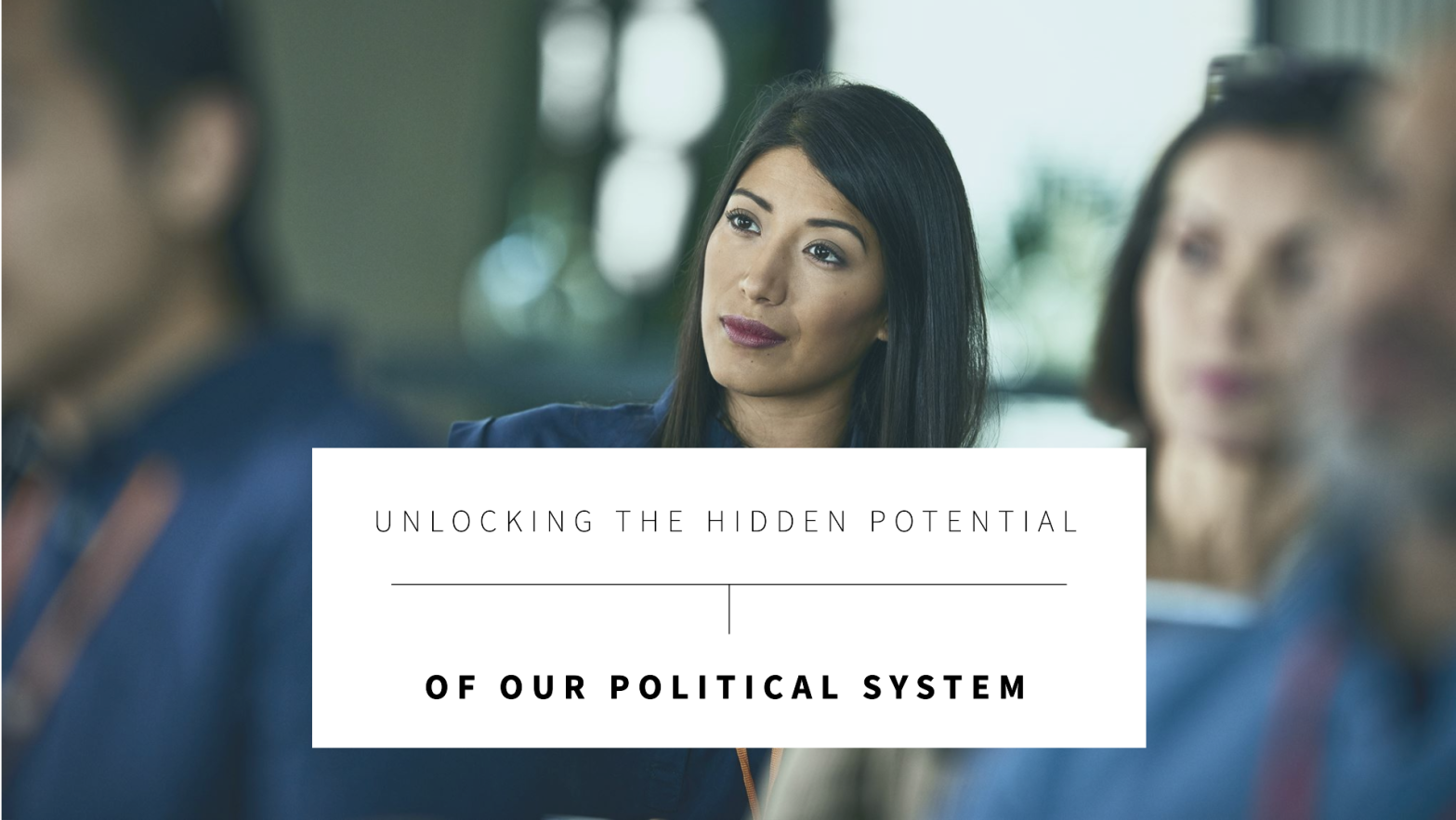In my mid-twenties, I went to work for a US Congressman. It was an experience I wish everyone in America could have. There’s no other professional experience quite like it — where on any given day, by the jurisdiction of the office alone, you can change someone’s life for the better. But it’s also an office that the vast majority of Americans will never interact with personally.
And let me tell you, that is damn frustrating.
For whatever reason, whether ambivalence, repugnance, or even fear, most of my countrymen will never meet their member of Congress, or interact with their staff. This comes despite the fact that many United States Representatives go to great lengths to put themselves in front of their communities. Many even employ field representatives whose sole focus is identifying ways to be visible in the home district.
There are just not that many people who, when facing a problem, think to themselves: “Gee, I wonder if Congresswoman Doe could help me with this?”
At the same time, it’s also entirely reasonable that they never come to ask that question. There are innumerable public offices in the United States – each with its own jurisdiction and scope of responsibilities. The greatest number of those are concentrated in local government entities that are more closely involved with the real-life problems of most people. Township trustees will fix the pothole on your street, so don’t expect some suit in Washington to show up with a cold patch kit.
But for advocates up against a wall, we need to take a moment to appreciate the scaffolding our founders gave us when they designed our federal system where power is shared between national, state, and local governments. Because in the design, they laid out an advantage for the average citizen. One we may take for granted all too often.

field representative for a United States Congressman. In the photo, I’m posed with a local veteran being honored at a Veterans Day celebration. Congressional District Staff often fill in for their bosses when schedules don’t permit them to attend public events. This annual celebration was one of my favorite to join.
Photo from Luke Crumley, November 11, 2015
Recently, I tackled one of the countless books in my ever-expanding “to be read” pile, Adam Grant’s 2023 piece, Hidden Potential: The Science of Achieving Greater Things. If you haven’t read it yet, it’s well worth a spot in your rotation. There are plenty of positive points to be made for it in the organizational and personal development space. But it also led me to a metaphor I’ve been seeking out for years.
You see, when I train advocates, a key barrier for them is often a deeply held belief that engaging in advocacy is futile at best. Our system takes too long for most of us struggling with impatience. It can grind you down. And finding ways to positively contribute to a cause over and over is a daunting task. But there’s another compounding factor that’s been nagging at me for years. For some reason, many would-be world changers back away from participating after they hear an early “no.” Many of us struggle to see our way past that first roadblock and toward another path.
In Hidden Potential Grant spends some highly valuable manuscript real estate on techniques organizations can use to ensure good ideas have a pathway to decision makers. In the book, he contrasts the image of a ladder with a lattice.
In ladder organizations, when you take an idea up the rungs, at any point a big fat “no” can halt your idea. With only two directions to travel, up or down, even the best ideas have less chance of getting through. Organizations that wish to solve problems, however, need as many ideas coming through as possible. One model that Grant points to for success is using a lattice instead of a ladder in your organization. On a latticework, one decision maker is only so powerful, because you can also navigate laterally around them.
Immediately, Grant’s imagery took me back to my time in uniform when we regularly climbed cargo netting in full field gear, navigating around our teammates to get through obstacle courses. Had only one path been available to us, completing those obstacles in a timely manner could get fouled up pretty quickly if someone else froze up. But wide cargo nets, our very own lattices, gave us the freedom of movement to keep progressing forward — even if that required us moving over before moving up.
I haven’t been able to shake that image since, because in my work its a phenomenal physical representation of what our political system affords us as advocates: as many pathways as we need to push a good idea forward.
(Read that again.)
Think about the issues you’ve seen linger on for years and years. Too many of us feel on the outside in the big political debates. We think we are in a ladder system, where there is only one path forward to make a difference. Maybe we assume that because one party holds a majority in one branch of our multi-faceted government, there’s just no hope on an issue they oppose. But, plainly put, that’s just not true.
Yes, there are certain duties prescribed to certain political offices. But that doesn’t mean we can’t build our advocacy efforts around pieces of an issue, to find where those jurisdictions CAN make an impact. It’s as simple as reminding ourselves that not every problem requires a piece of legislation to fix. Sometimes there’s unilateral executive action that can be taken. Sometimes the courts can intervene. Oftentimes, our federal and state governments volley issues back and forth to find the best solution for the time. What all of this equates to though is this: you have many paths available to you for some kind of forward action.
Momentum is important for advocates. Feeling like you have it can energize your cause. Feeling like you’ve lost it can crush formerly motivated volunteers. But the advocates who succeed, are in many cases the ones who are able to step back, see the bigger picture and recognize a different path. Because one, big, fat “no” is not the end of our fight, it’s often just the beginning!
In 2024, our most divisive and motivating public debates will be on full display. Because of the Presidential contest, the wedge issues will be brought out to invigorate the partisan faithful. While those contests are raging, the work of governance will also slow. But that makes this your perfect chance. This is your chance to ignore the horse race, connect to an advocacy organization, and rely on them to help you see the other paths in front of you.
If you want to make a difference in the world, our system holds more opportunity than you may think. Don’t accept the premise of the naysayers. They only see ladders. It’s up to you to find the lattice (or a good cargo net 🙃).
Today’s post is NOT sponsored, and I am not receiving any payment to highlight Hidden Potential by Adam Grant. However, reading is a critical part of my daily routine, and from time to time I like to bring recent reads to folks’ attention. If you are curious about some of my favorites, please consider popping over to the Bookshelf page!
If your own “to be read” pile is shrinking, consider one of these for your next deep dive or shallow diversion. Each one listed has resonated with me at a specific time for a specific reason. Occasionally I’ll add another to the list, so check back from time to time.
